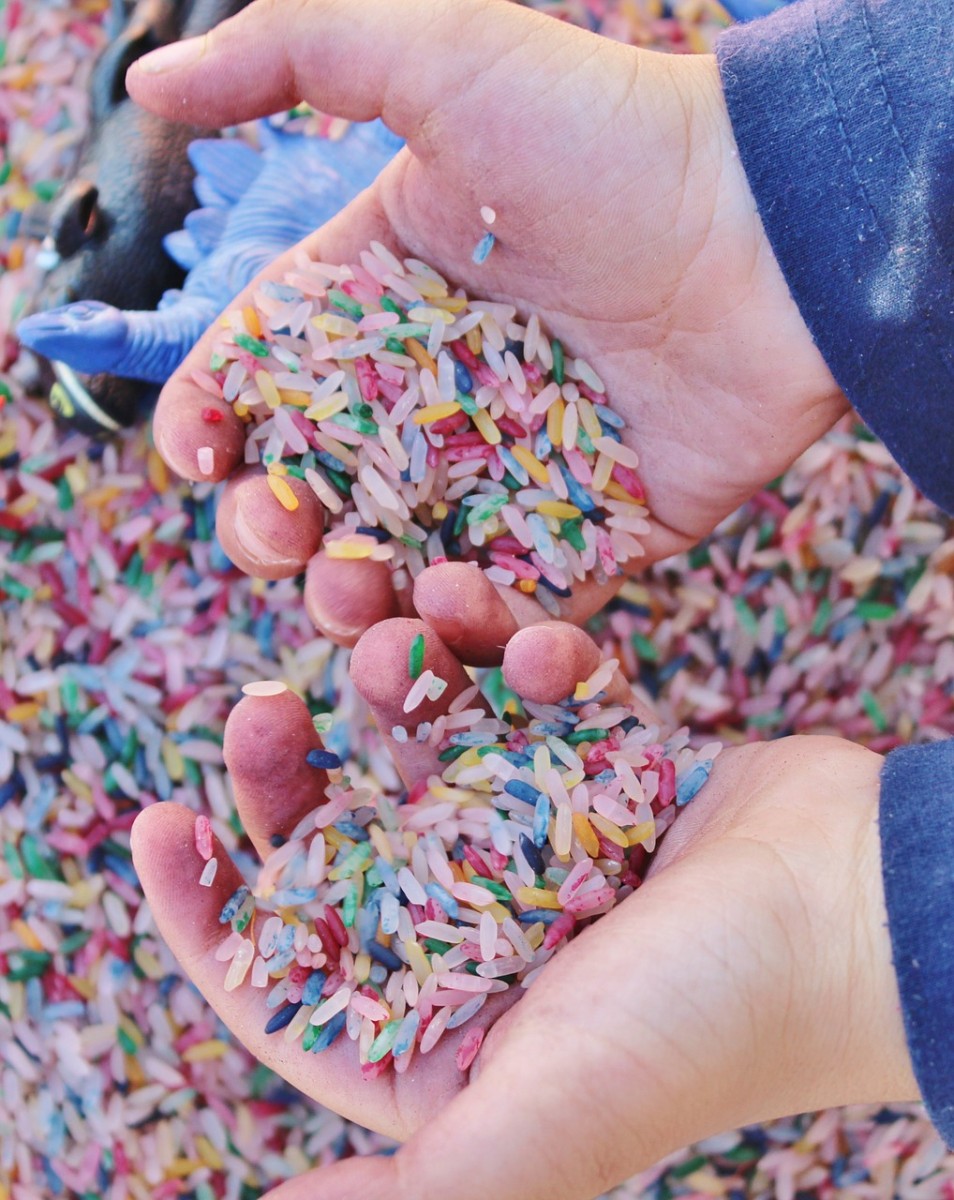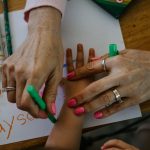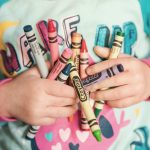Making sensory resources for your setting
Sensory resources are great for younger children in the early years, for those with SEND and also make a great addition to calm down boxes for those who find managing their emotions and behaviour a challenge. There is a wide variety of sensory resources on the market. However, these can often be costly and unfortunately not all early years settings have lots of money to invest in multiple sensory resources and to regularly replace them. Sensory resources don’t always need to involve messy play either and can be objects that are beneficial for sensory development. Often with a little imagination sensory resources can easily be made and are just as beneficial, interesting, engaging and stimulating as any brought resource.
How to make sensory resources for the EYFS
Here are some examples of some sensory resources that can easily be made by practitioners
· Sensory hoops – Wrap, tie or glue various materials such as ribbons, lace, tulle, wool, fluffy materials, velvet etc.… around a large hula hoop. This can then be placed on the floor and babies can explore these during tummy time. These could also be hung from the ceiling if they have materials floating down as well as wrapped around the hoop itself.
· Sensory bottles – These are best when filled with noisy, colourful objects such as dyed rice or mini bells. Sensory bottles filled with water and glitters are also very stimulating and calming.
· Sensory Bags – Food bags with zip locks are a great alternative to sensory bottles as they also promote the sense of touch. These can be filled with anything however many need replacing more often than a bottle. These are great when filled with little toys such as mini under the sea creatures with water and blue food colouring.
· Sensory Boards – These can be made in a variety of ways however one of the most simple is using a collage photo frame. Remove the glass and then fill each photo frame with a different material such as lines of string, fluffy materials, Astro turf etc.… Often larger boards are created using a piece of MDF and then by attaching various materials and objects such as pots, pans, tubes, zips, buttons, beads etc.…
· Sensory cubes – These can be, made using any cheap wooden cubes you can find. Simply add a different material to each side of the cube. Make sure any materials are securely stuck and don’t pose a choking hazard
· Treasure Baskets – These are often filled with natural every day materials such as pots, pans, wooden spoons, wooden curtain hoops etc… Read our article for more inspiration
· Balloons – These need to be supervised when used but they work in a similar way to sensory bags apart from you can’t see what’s inside. These can be filled with pebbles, water, flour, sand, hair gel etc. …
Check out our Pinterest board for some more great ideas



Leave a Reply